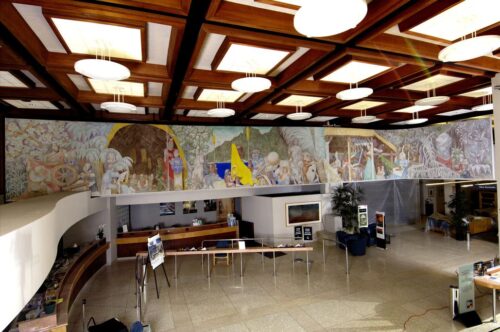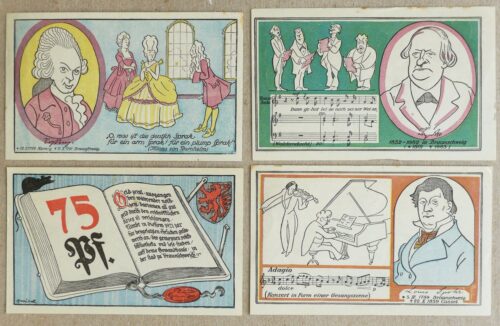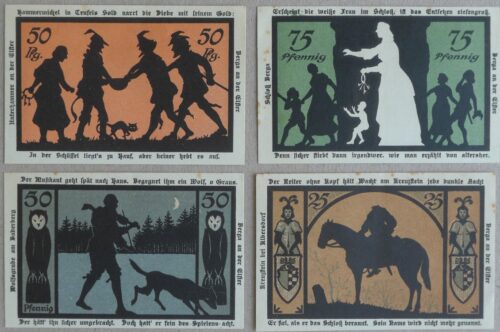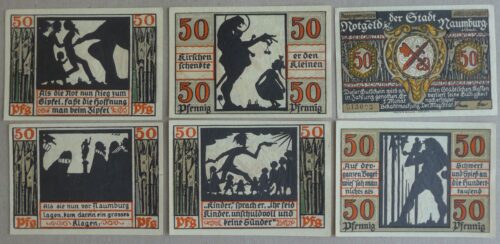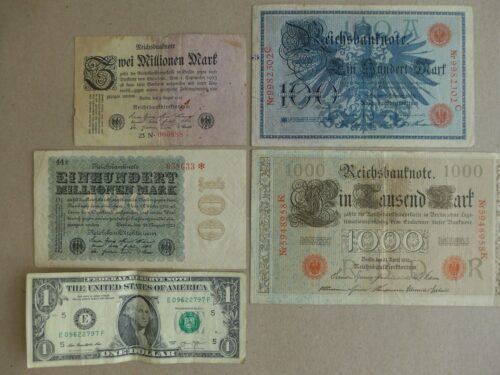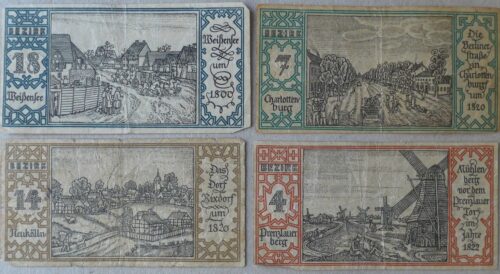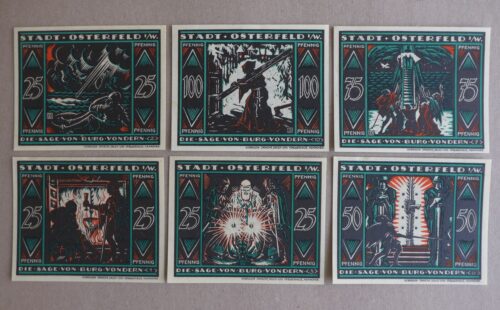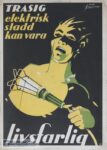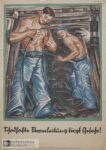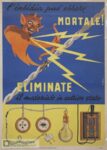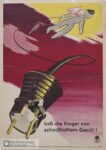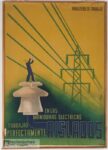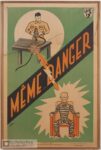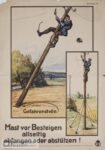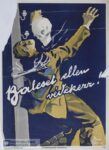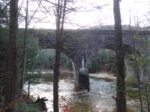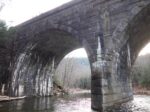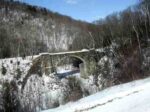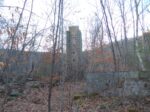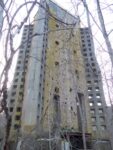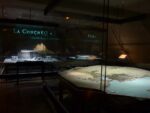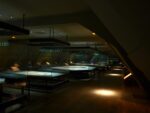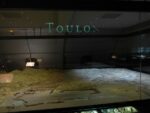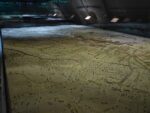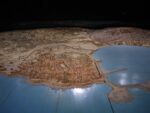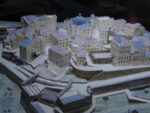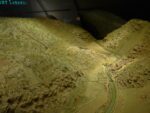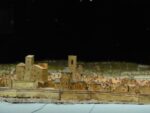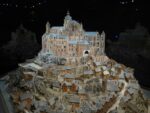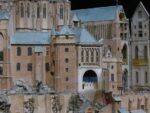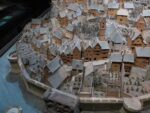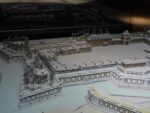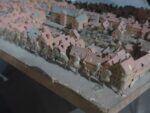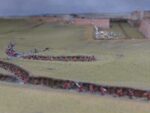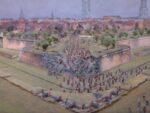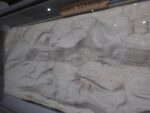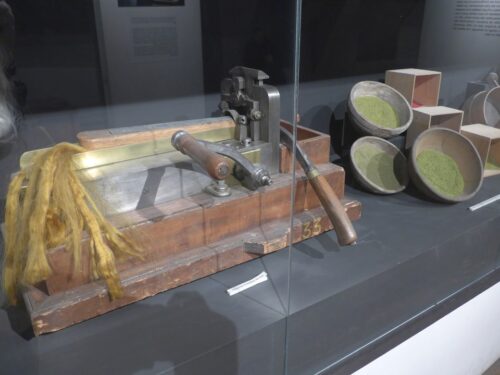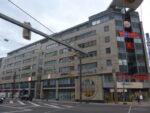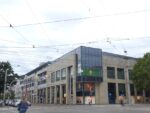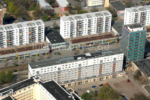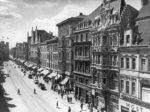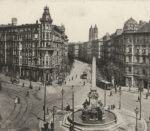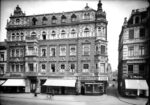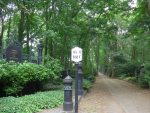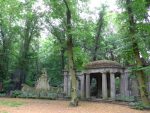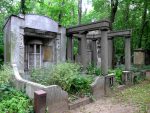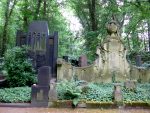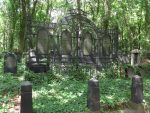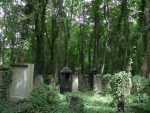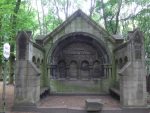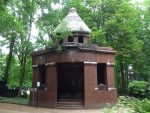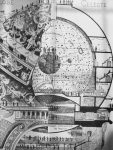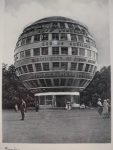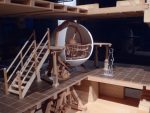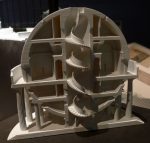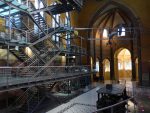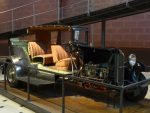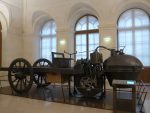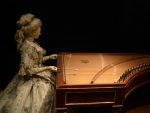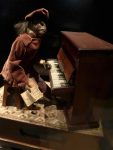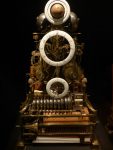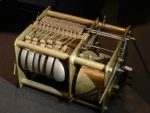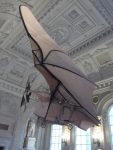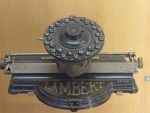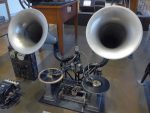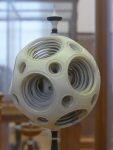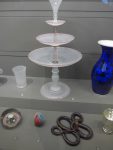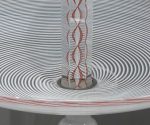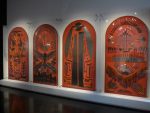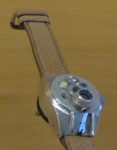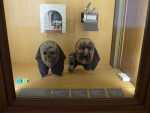This is just to let you know there’s a whole long interesting story about these people on my other blog which is on the environment (this one’s for pictures, art and travel). The short version is that 1815 a German Romantic poet and scientist (left) was on an around-the-world expedition and befriended a Pacific Islander (right) who joined the voyage to Alaska. Their many discoveries included the life-cycle of strange jelly-like sea creatures who live in chains (middle), which was strongly disuputed but later found to be correct. The poet-scientist’s book about the journey anticipated antiracism in its respectful and thoughtful accounts of people in the Americas and Pacific and today he’s a semi-big deal in Alaska and Hawaii, where he appears on this mural which was in a bank until recently. The article is here.
The strangely beautiful and sometimes droll currency of Germany’s deepest economic chaos
Warning: contains banknote showing donkey pooping money
This is actual German currency from around 1914 to 1923 when the country issued hundreds of varieties of so-called emergency currency (Notgeld, “emergency money”) as a response to a number of different economic crises. By far the most famous of these was the hyperinflation from 1921 to 1923, when 100-trillion mark notes were issued and the exchange rate was around 4 trillion marks to one U.S. dollar. At bottom left are notes ranging from 100 to 100 million marks.
Click photos to enlarge
Electrical safety posters of the 1920s and 30s and the Jewish doctor who pioneered the treatment of electrical accidents
These are electrical safety posters from the 1920s and 30s from various countries that I found in the online archives of a science museum in Vienna (deeply buried and complicated to track down, by the way – poor database design!) Originally they were in the Museum of Electropathology which existed from 1906 to 2002 and was founded by a Jewish doctor named Stefan Jellinek who was the first to specialize in the science and treatment of electric shocks to the human body due to accidents and lightning, and electrical safety in the home and workplace.
Click to enlarge and use arrow keys to go to the next
These stone bridges for the world’s longest and highest railroad in 1840 are still used by trains. They were designed by Whistler’s father (yes that Whistler) and run through the largest roadless tract in western Massachusetts
There’s about four arches deep in the woods an hour or so from Springfield and you can’t seem them from any road; you have walk on a trail which is a popular local sight. There’s also a few assorted disused bridges, a quarry and a tower remaining from some sort of artists colony or commune from the 1960s or 70s. Amtrak and freight trains still use the bridges and I saw an Amtrak train go by just a few feet from the trail.
The bridges were built in in 1840 as “dry” masonry, that is, stones just piled up without cement or mortar. The rail line was the world’s longest, highest and steepest, and the world’s first to go up a mountain. The lead engineer for the construction was Whistler’s father, that is, the husband of Whistler’s Mother, as in the famous painting by James MacNeill Whistler.
Arrow-key or click to scroll through photos
The Relief Map Museum in Paris
The Relief Map Museum (Musée des Plans-Reliefs) in Paris is one of my favorite sights anywhere. It has about 30 big, meticulously detailed scale models of towns, ports and forts and their surrounding landscapes. The models were built for military planning purposes from the 1670s to the 1870s.
In another room they show how they made the models, for example, grass and foliage were made of silk fibers trimmed into tiny bits using this device.
Protestors in St. Louis, 1920-30
These are photos of protests in St. Louis for racial equality (1930) and voting rights for women (1920) from a spectacular exhibition of panoramas at the Missouri History Museum.
Incredibly, the roughly 5-by-30 foot photos are enlargments of the originals which are only about 8 by 50 inches and were also on display – yet they’re sharp enough that you can see individual hairs and the texture of the clothing fabrics. I believe they don’t make cameras any more that can obtain such high resolution except for the most sophisticated professional equipment used in science, the military or aerial photos on Google Maps.
Click on photos to enlarge

Magdeburg – modern architectural masterpieces in the Kansas of Germany
The city of Magdeburg, deep in Germany’s equivalent of fly-over states in the U.S. is an odd mixture: a few showstopper architectural highlights of truly global signficance, a few pockets of liveliness, a great deal of ugliness, and next to no charm. Here I will show the bucket-list essentials that every architecture fan needs to know about, plus a few fascinating odds and ends
Magdeburg was 90% destroyed in World War II which of course means only 10% of the buildings are from before 1950 or so. Walking around you would hardly know Magdeburg is over 1,200 years old and was gloriously, opulently beautiful and prosperous before the war. The oldest documentation of the city is from 805 (805, not 1805) and a few decades later it was a center of power of the Holy Roman Empire. Today, the Neonazi party has 14% of the seats on the city council and 25% in the parliament of the state of which Magdeburg is the capital, Saxony-Anhalt.
Nowadays most of it looks like this…
Whereas it looked like this before the war…
Continue reading “Magdeburg – modern architectural masterpieces in the Kansas of Germany”
Jewish Cemetery Berlin Weissensee
This is the Weissensee Jewish Cemetery in Berlin, the second-largest in Europe with 115,000 graves on 100 acres. There aren’t any graves of people who are at all well-known in the U.S. but quite a few names are well-known in Germany such as founders of major department stores and publishing companies, writers, artists and musicians. It is still in use. Weissensee is the name of the neighborhood in Berlin and means White Lake. I uploaded a short video here.
Exhibition in Paris: “Globes: Architecture and Science Explore the World”
This was an exhibit on globe-shaped and globe-inspired buildings since 1700, some actually built and some just proposed, at a museum called Cité de l’Architecture (click to enlarge)
Continue reading “Exhibition in Paris: “Globes: Architecture and Science Explore the World””
Paris – Museum of Trades and Industrial Arts
The Musée des Arts et Métiers (“Arts and Trades”) is an historical museum of engineering, communications, construction, transportation, materials and scientific instruments. Nowadays we’d call it technology but the word wasn’t in use when the museum was founded in 1794. The term arts et métiers dates back to the middle ages and meant any kind of economic activity that isn’t agriculture or trade.
Continue reading “Paris – Museum of Trades and Industrial Arts”

